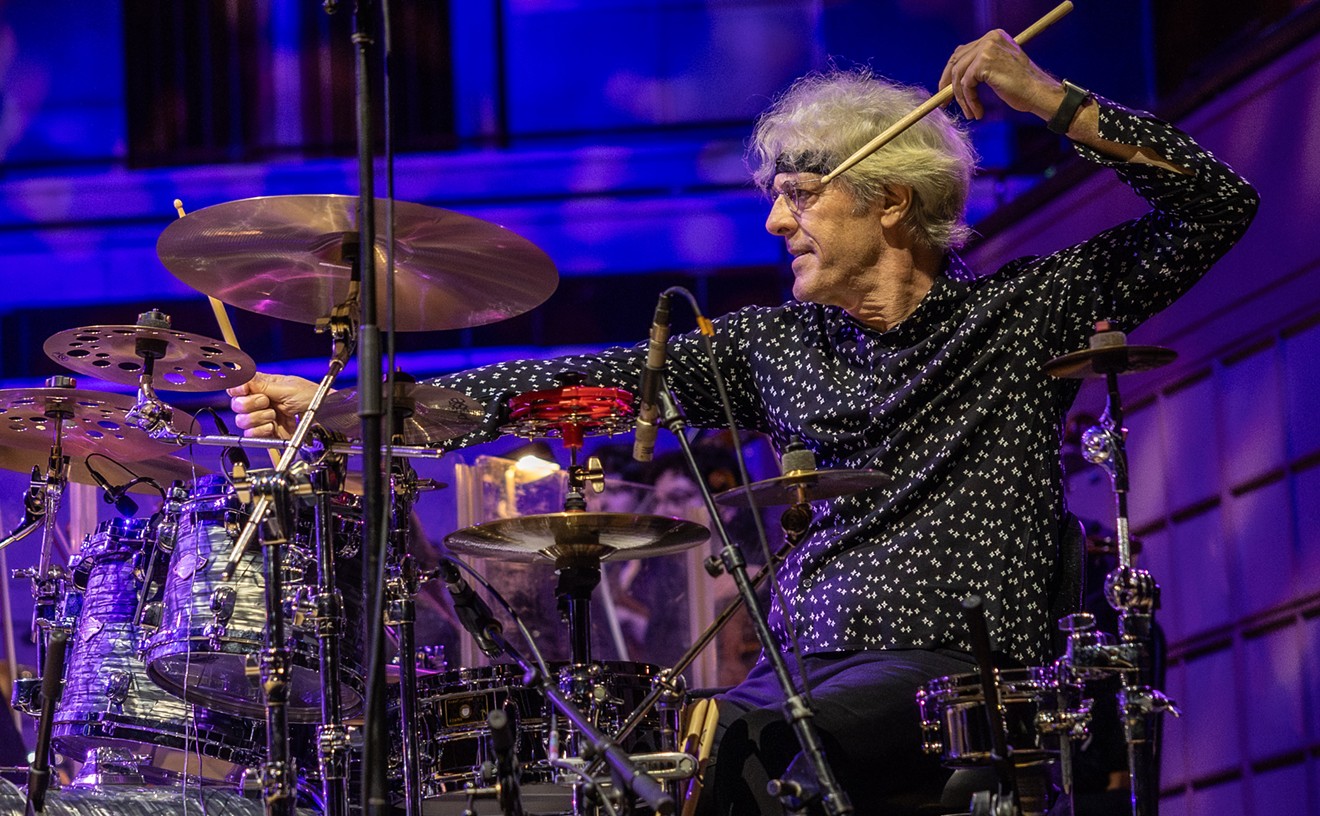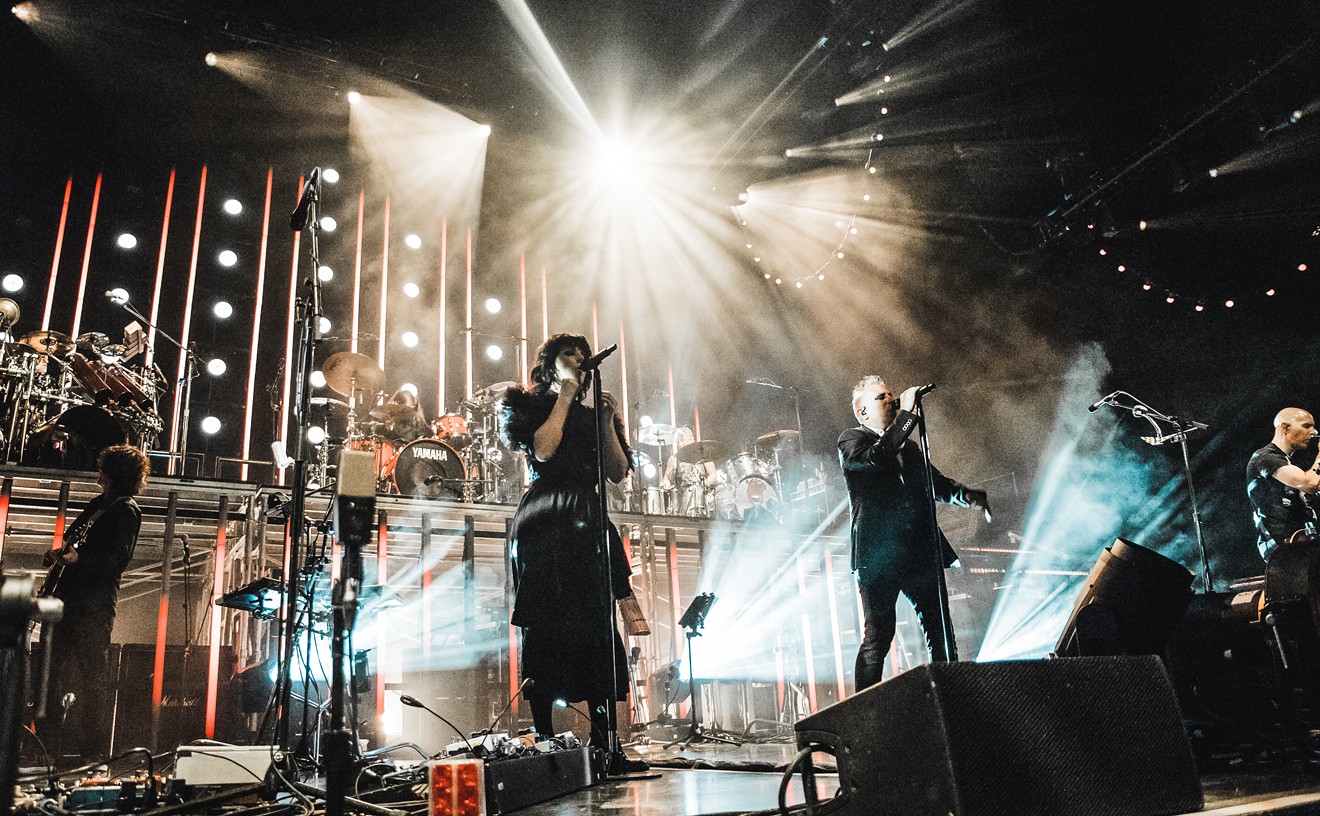There Is Nothing Left to Lose
(Roswell/RCA)
It's not hard to imagine that Dave Grohl was happiest recording the Foo Fighters' self-titled 1995 debut, if only because he was allowed to do almost everything himself. Two albums later, he's still trying to do it all, or at least that's how it seems, as members stick around only long enough to leave. The band has already gone through three guitarists and two drummers, and you get the feeling bassist Nate Mendel continues to hang around because he's the only one who can play his instrument better than Grohl thinks he can. For example, Grohl re-recorded all the drum parts on 1997's The Colour and the Shape before then-drummer William Goldsmith had even left. And more than likely, guitarist Franz Stahl (the second in a series) split for much the same reason, since Grohl handles all the guitars on There Is Nothing Left to Lose.
While it's difficult to argue with Grohl's decision to erase Goldsmith's drums from The Colour and the Shape -- he does, after all, belong among the great rock drummers, a combination of Keith Moon's arms and John Bonham's kick-drum leg -- it's much easier to pick apart his choice to record all of the guitar parts on There Is Nothing Left to Lose. The problem is that he plays guitar like a drummer, rhythmic and precise, which worked when it was paired with Pat Smear's intentionally sloppy chords on The Colour and the Shape, usually the exact opposite of whatever Grohl was playing. Left to his own devices (which include a vocoder that weaves its way through "Generator") on There Is Nothing Left to Lose, Grohl proves he can carry the melody by himself, but he needs a second pair of hands to take it anywhere. Only on "Headwires" and "Generator" does he really come close to matching what Smear contributed to the group -- the kind of push and shove that requires a second guitar, instead of merely someone there playing the same riff louder.
Still, Smear's absence isn't as noticeable as the presence of Grohl's record collection. You don't have to listen closely to catch "Headwires" stealing one of Gary Numan's "Cars," or "Gimme Stitches" confirming that Grohl learned how to play guitar when he was keeping Bad Company; There is Nothing Left to Lose is less influential than influenced. Which doesn't make it any different from The Colour and the Shape, except it gets a different answer from the punk + AOR equation that Grohl learned from Kurt Cobain. But it all adds up on "Generator," which is as close to Peter Frampton in the studio with The Undertones as anyone would ever need to hear. If only Grohl could learn how to subtract as well. ![]()
Zac Crain










